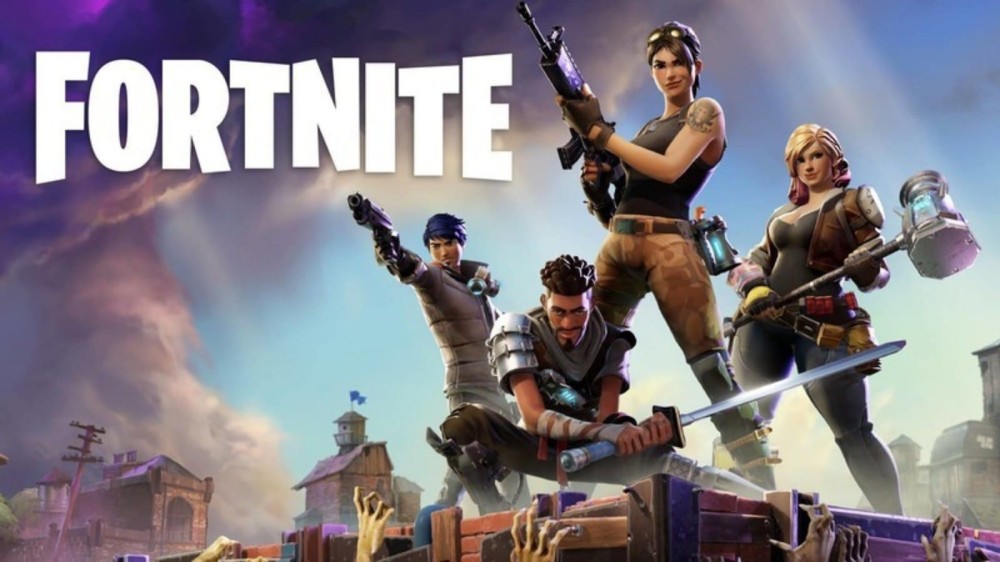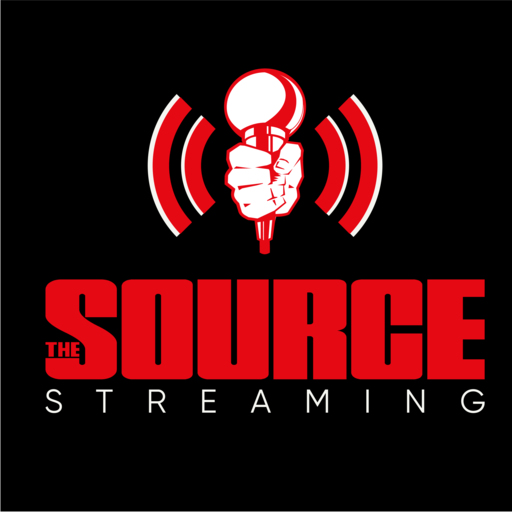A California federal court has dismissed claims by a dance choreographer that his dance moves were used by characters in the video game Fortnite without his authorization.
Fortnite features a virtual world where players create avatars to represent themselves as they interact within the world – in particular, by battling other players in armed combat. One of the ways that players can customize their avatars is by choosing an “emote,” a dance that the avatar performs in certain situations, including when victorious in battle. Epic Games, the developer of Fortnite, offers hundreds of emotes that players can choose from.
Kyle Hanagami is a choreographer who claims that Epic Games used dance moves from a YouTube video of a dance routine that he posted in 2017. He obtained a copyright for this routine in 2021 and subsequently filed a copyright infringement lawsuit against Epic Games. In order to successfully bring a copyright claim, a copyright owner must allege that (i) he owns a valid copyright; (ii) that there was copying of the elements of the copyright owner’s work that can be copyrighted; and (iii) that there was “unlawful appropriation” of the copyrighted work, meaning the original work and the accused work are “substantially similar.”
Advertisement
Epic Games argued that the dance moves were not protectable by copyright and their use in Fortnite was not “substantially similar” to their use in the original routine. The Court agreed, finding that the dance steps were just a series of poses which were not themselves copyrightable. This is consistent with how courts have ruled previously on this issue. Simple dance steps and routines such as the “Floss” or the “Carlton” (both of which have been the subject of copyright lawsuits similar to this one) are not copyrightable on their own, they must be combined with other copyrightable elements. The U.S Copyright Office has identified copyrightable elements of choreography as including “[a] story, theme or abstract composition conveyed through movement,” and “a series of dance movements or patterns organized into an integrated, coherent, and expressive compositional whole.” In other words, in order to be copyrightable, there must be more to choreography than a few dance steps.
The Court also determined that the two versions of the dance steps were not substantially similar – whereas the original featured human performers in a dance studio in the real world, the accused version featured animated characters in a virtual world.
Mr. Hanagami’s lawsuit is just the latest in a series of unsuccessful lawsuits against the makers of Fortnite for use of dance routines. Unless U.S. copyright law changes significantly, it appears that these lawsuits will have very low, if any, chance of success.


